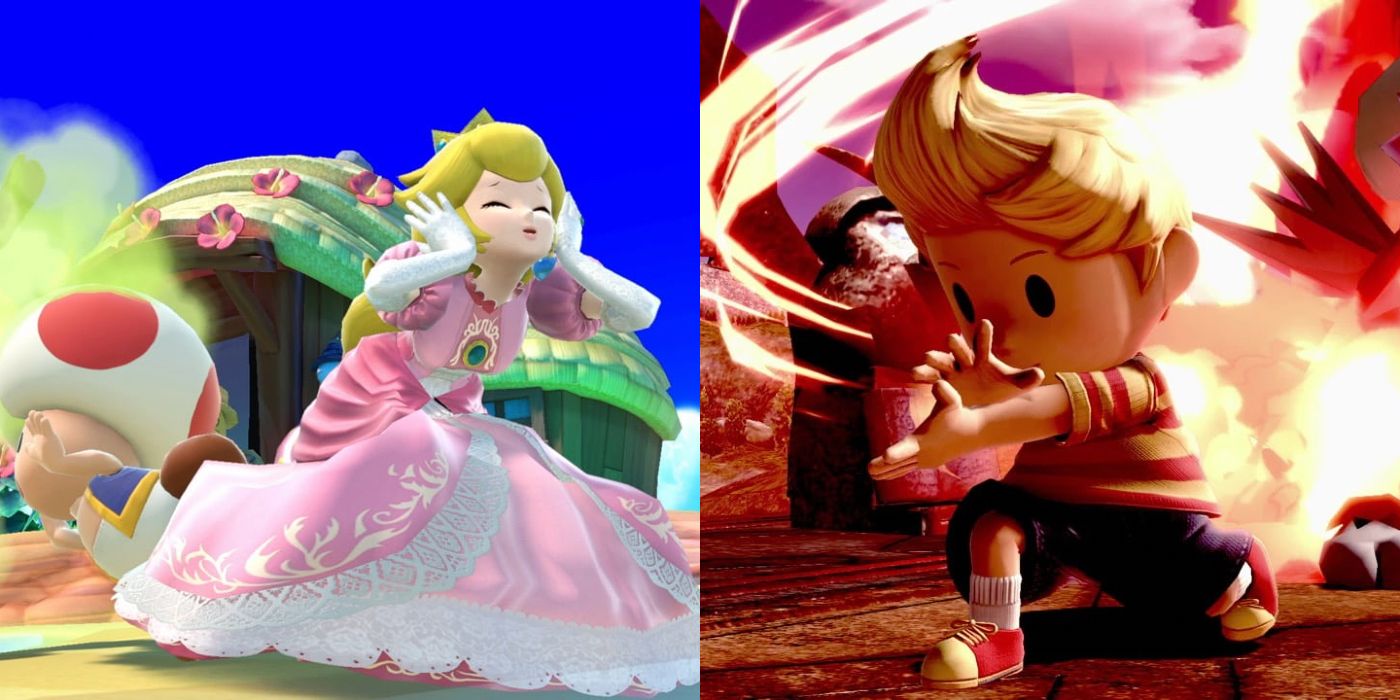
For what can be considered a party game, Super Smash Bros. Ultimate has some characters that are genuinely challenging to become proficient with. Learning fighting game concepts like the neutral and disadvantage is difficult enough in a title as fluid as SSBU. However, mastering a character who requires even more work for them to function at even a basic level make the game all the harder - and more rewarding.
In SSBU, there are two primary factors that make a character a challenge to learn. On one hand, they can just be bad like Kirby and Ganondorf (although Kirby is a great Super Smash Bros. Ultimate character for beginners), whose weaknesses obstruct the process of learning how SSBU works by forcing players to work around them. On the other hand, characters can have mechanics and strategies that require players to not only already possess an understanding of how fighting in SSBU works but also how to then implement niche game plans into their matches.
This list of difficult SSBU characters is interested with latter group of fighters. They may require a deep knowledge of their move set, hand-breaking combo inputs, or frame-precise kill confirms. Regardless, the following characters are guaranteed to be a challenge for those looking to pick them up in SSBU.
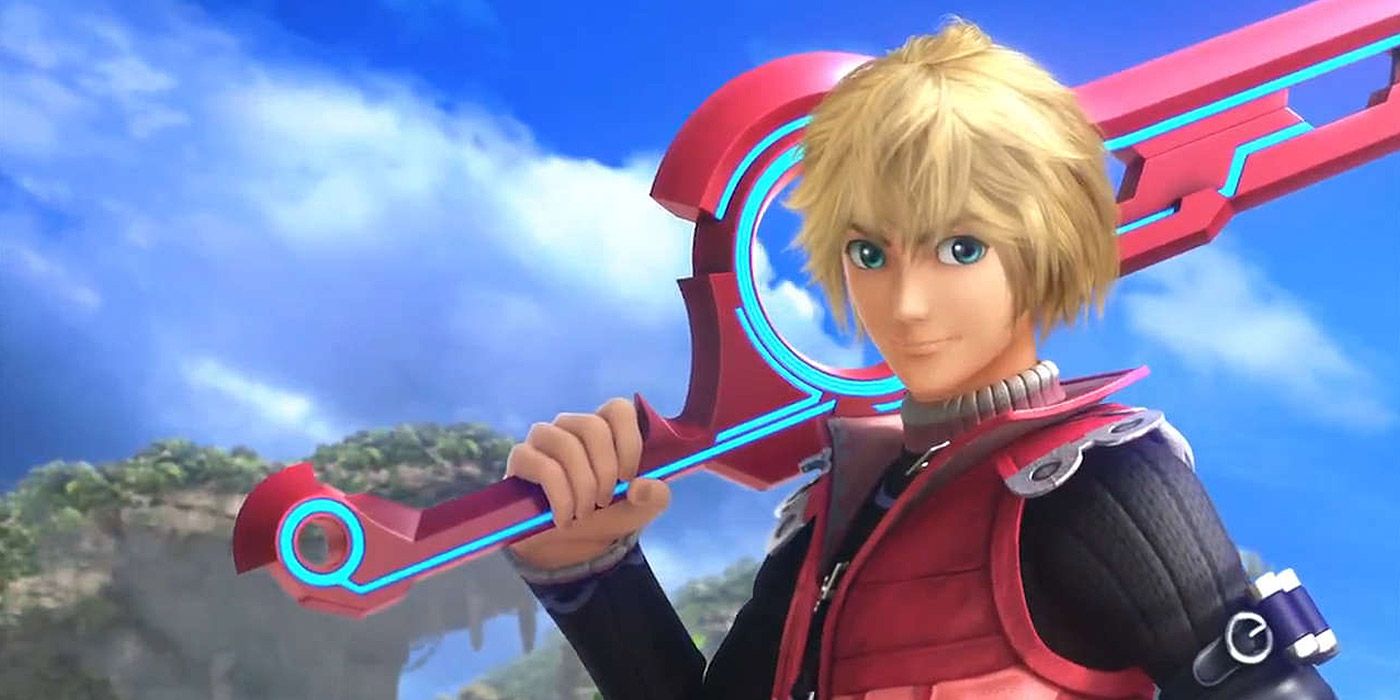
Shulk of Xenoblade Chronicles fame is perennially on difficult fighting game character lists because of his neutral special, Monado Art. The Monado Arts essentially turn Shulk into one of five different characters by completely adjusting his stats, which is why he is one of Super Smash Bros.' best sword fighters. His Speed Art transforms him into Fox but with a sword, as he becomes a speedy fast faller with a strong neutral and combo game. Conversely, Shield Art makes Shulk incredibly slow but allows him to fall out of multi-hit moves and avoid almost all knock-back from opponents' moves. To become a master of Shulk thus means learning six different characters: baseline Shulk and each of his Monado Arts.
What makes Shulk even more tricky is his dial storage. Monado Art functions as a dial in which players can shuffle through options to pick their preferred Monado Art. To activate this dial, players have to hold the B button for 11 frames. However, unlike any other Super Smash Bros. character attacks, players can cancel the dial startup before the dial comes up with a move at any time, and in doing, they will "store" frames so that the dial can be activated quicker the next time it is used. The impact this has on Shulk's gameplay is unlimited. Dial storage allows Shulk to cancel landing lag on his aerials, activate his Shield Art in the middle of being comboed, and more. What's best for Shulk is that dial storage opens up combos and kill confirms he would not otherwise have, such as falling neutral air Buster Art into forward smash Smash Art. These benefits are a bit of a double-edged sword though: Shulk has almost unlimited potential because of his strengths, but his strengths are only attainable through complicated techniques.
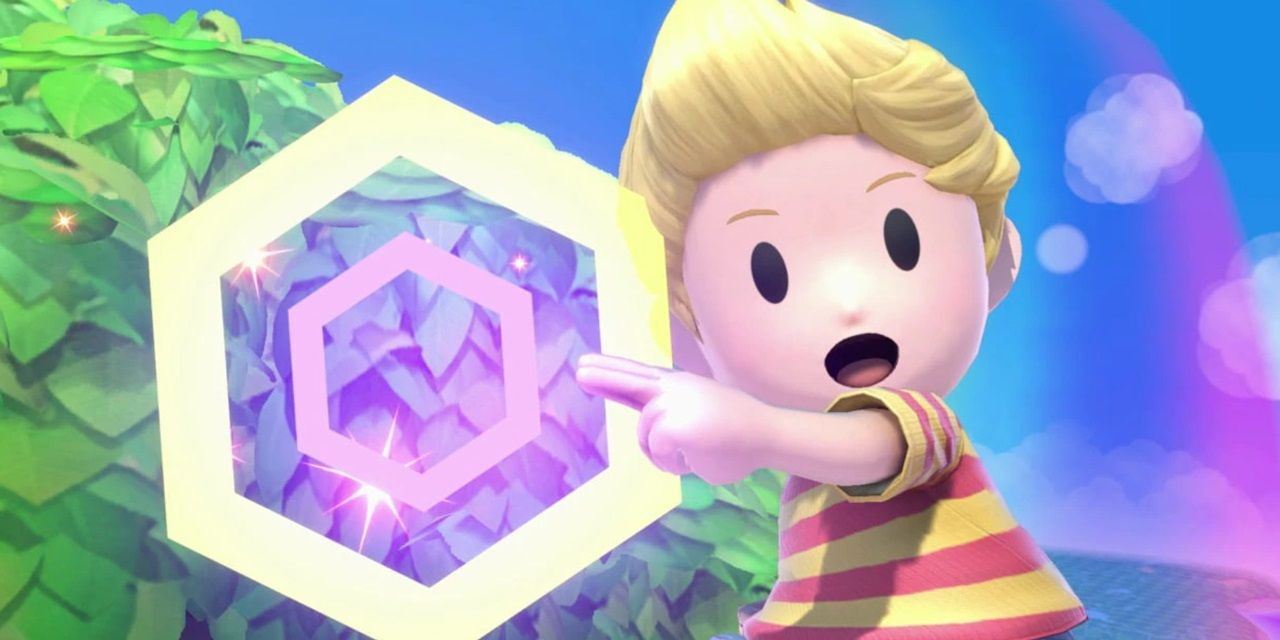
Lucas's fighter design in Super Smash Bros. Ultimate is deceiving. He at first appears to be Ness's slower, projectile-based clone. However, overtime, Lucas has revealed himself to be one the quickest, most input-heavy characters in the game. Top Lucas players like Nitox and Blucas illustrate how ridiculous this character can be. With wave bounces, B-reversals, double jump zair cancels, slingshots, and more, Lucas thrives by deceiving his opponents with his constant, speedy movement. Other characters can only dream of having the opportunities afforded to Lucas because of SSBU's movement tech and his stats. But at the same time, Lucas players must spend a lot of time mastering all of the technical options available in SSBU, as they are necessary to optimize the fighter.
However, even after a player has mastered the techniques to move as fast as Sonic in the Super Smash Bros. series with Lucas, they also have to master his punish game. Lucas has great boxing and combo tools. Using them can be tricky, though, as they require precise inputs to be optimized. For instance, Lucas can chain neutral airs into each other but only if he manages to fast fall after the fourth hit of the move. Such specificity makes optimizing Lucas a difficult task, as not only does his neutral state require tricky, technical inputs but so does his advantage state.
To add insult to injury, Lucas also has a tricky recovery. Despite many players writing off Lucas's and Ness's upward special moves throughout the Smash Bros. series, both are rather strong and can be scary to challenge. However, to make edge guarding hard for opponents, Lucas has to mix up his recovery. This means knowing when to use his zair and when to use surprising angles to shoot himself back to the stage with PK Thunder, which in turn means practicing tons of angles for the move.
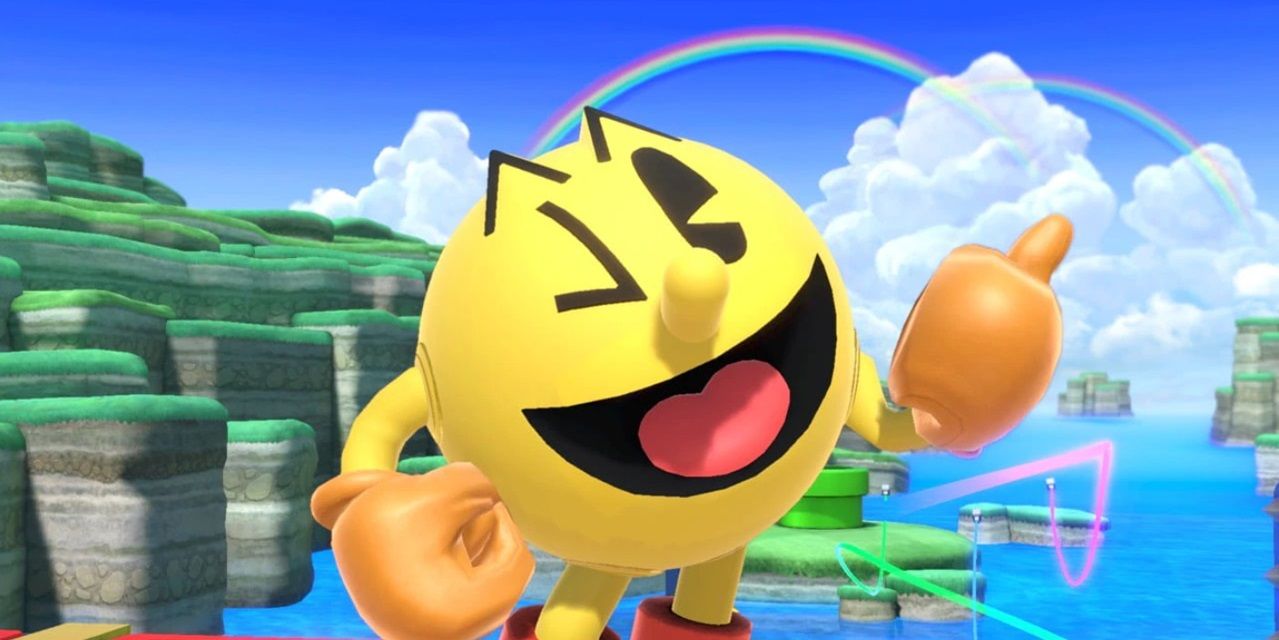
Having an item as a part of character's kit is an immediate advantage in SSBU; Diddy Kong's entire kit is based around his banana peel, and Wario's bike makes him fit for ledge-guarding. But when it comes to Pac-Man, having items is both a gift and a curse. Pac-Man has a total of eight items that he can pull through his neutral special and an additional projectile in the form of Fire Hydrant. This many items provides Pac-Man with an extremely versatile playing style in the Smash Bros. Ultimate game meta, but at the same time, Pac-Man mains are required to dig deep into how each one is used to maximize their potential.
Each item moves in a different pattern and speed and does a different amount damage. Cherries, Strawberries, and Apples follow a similar pattern by bouncing, except they increasingly deal more damage and bounce more times. Orange and Melon are thrown straight forward, but Orange is fast and deals less damage while Melon is slow and deals more damage and knock-back. The really interesting items start with Boss Galaxian, which makes two loops and sets up for strong combos and re-grabs of the item. Bell stuns opponents and sets up for kill moves. Finally, Key is a kill move itself and deals significant damage. To master Pac-Man and the variety he brings to the Smash Bros. roster means memorizing each of these items, which situations they should be used in, which combos they lead into, and more.
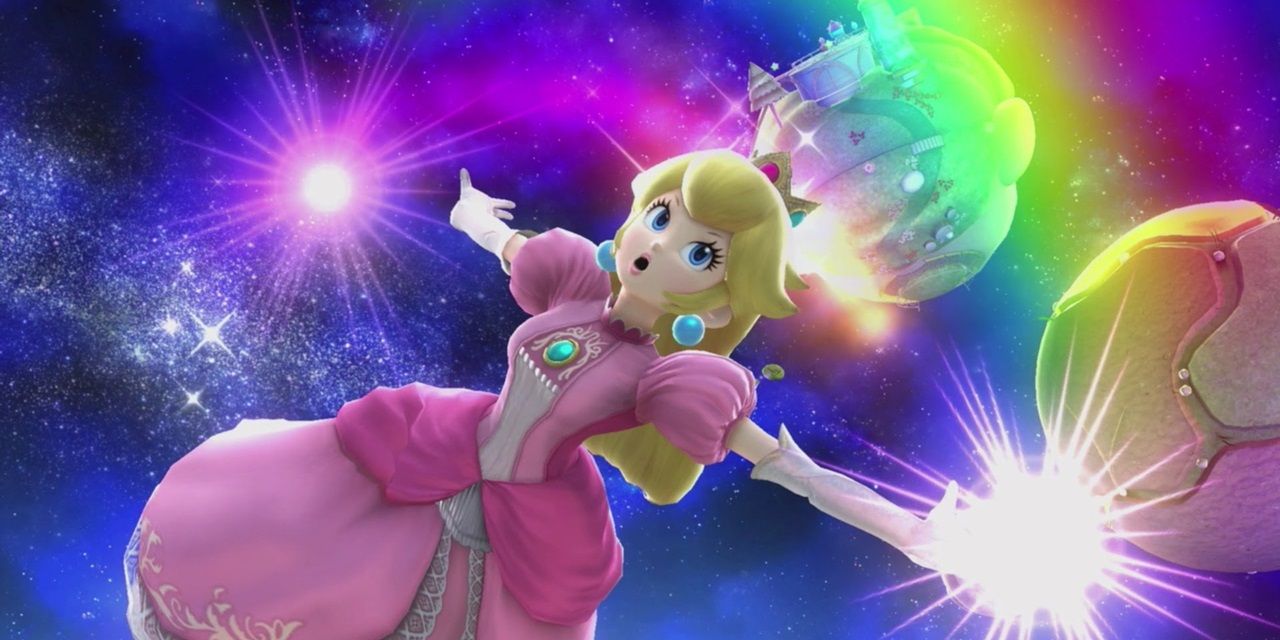
Peach's float mechanic is at the center of her gameplan in SSBU. Float canceling - the process of immediately entering and exiting Peach's float state to auto-cancel her aerials - allows her to not only extend combos but also deal more damage with her aerials, making it a must-know technical option for Peach players. However, float canceling is not only hard to do but must be quickly and repeatedly inputted to optimize Peach's strong combo game. The amount of inputs this requires is tiring and difficult for the hands, making it difficult for players to main Peach out of Super Smash Bros. Ultimate's ridiculously sized roster.
On top of this, Peach has item management concerns. While turnips have nowhere near the complexity of Pac-Man's projectiles, the implementation of turnips in Peach's combos can be shocking to SSBU players beginning to learn her. Additionally, the variations of turnips and the random items - Beam Sword, Bob-omb, and Mr. Saturn - can place a lot of pressure on Peach, as knowing the specifics of each item and quickly recognizing them requires plentiful knowledge of the character and good reflexes.
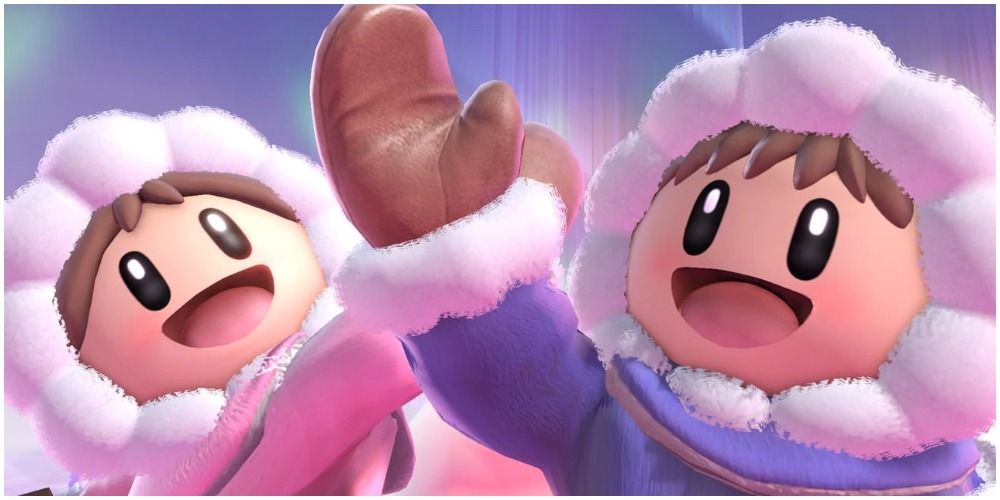
Since joining the Super Smash Bros. series in Melee, Ice Climbers have centered their game plan around desyncing. Desyncing refers to the process of desynchronizing Nana and Popo from one another, which in turn allows players to input moves for each character individually rather than at the same time. Desyncing completely opens Ice Climbers' combo game, making them one of the most efficient damage-dealers in Super Smash Bros. (even though Sephiroth can deal 59,000 damage in one hit). While Ice Climbers still want to desync in SSBU, the Nintendo Switch title has made it much more difficult than in the past, as desyncing now requires frame specific movements and inputs. Additionally, desync combos themselves are more complicated; wobbling and chain grabbing have been replaced by long strings of Squall Hammer, footstools, forward airs, and more. Knowing how to activate a desync, actually starting a combo off of one, and completing the combo makes Ice Climbers one of the hardest characters in SSBU.
Ice Climbers also have to worry about character management while fighting. Players control Popo, but Nana is dictated by AI. For the most part, the AI will mimic the players movements, but when Nana is at a certain distance away from Popo, she cannot be controlled. This forces Ice Climbers players to constantly worry about being separated, as Popo becomes one of the worst characters in Super Smash Bros. Ultimate without Nana. And controlling a CPU in SSBU is much harder said than done.
There are plenty of other hard characters in SSBU who could also find place on this list: Kazuya's combos in SSBU require crazy precision, and Sora's punish game has the potential to be the same. However, Super Smash Bros. Ultimate is just a hard game in general. Every character becomes difficult at higher levels of play - even ROB.
Comments
Post a Comment